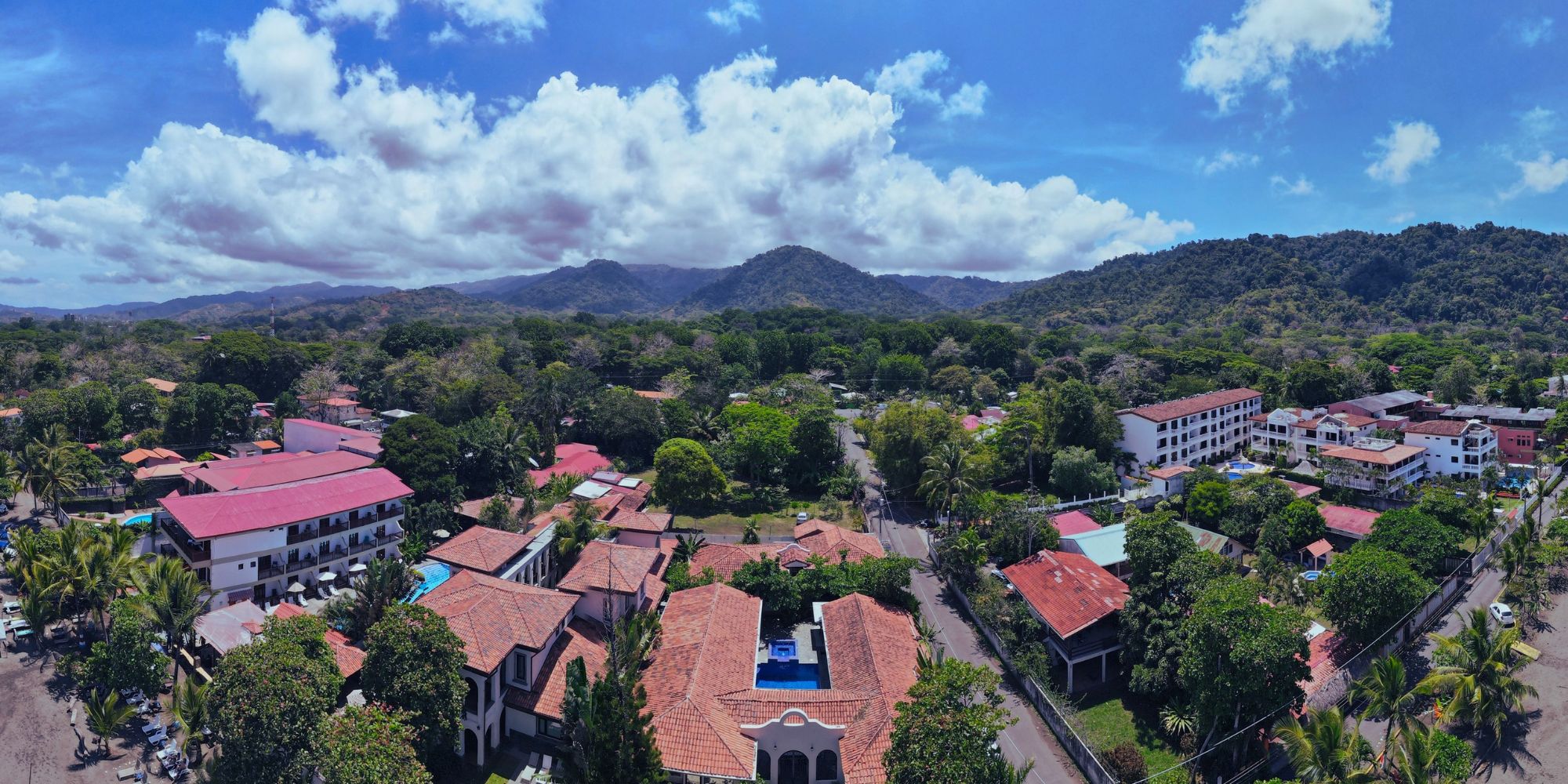Costa Rica Charging Outlets: A Comprehensive Guide For Travelers
When traveling to Costa Rica, understanding the country's charging outlets and electricity systems is essential for ensuring your devices remain powered throughout your journey. Whether you're charging your phone, laptop, or other electronics, being prepared can prevent unnecessary inconveniences. In this article, we'll delve into everything you need to know about Costa Rica's charging outlets, including voltage, plug types, and adapters.
Costa Rica is renowned for its stunning landscapes, eco-friendly tourism, and vibrant culture. However, as a traveler, it's crucial to plan ahead and familiarize yourself with the local power infrastructure to avoid any surprises. This guide will help you understand the specifics of Costa Rica's charging outlets and provide practical tips for a seamless experience.
By the end of this article, you'll have a thorough understanding of how to prepare for your trip to Costa Rica when it comes to charging your devices. We'll cover everything from the types of outlets you'll encounter to the best adapters and converters to bring along. Let's get started!
Table of Contents
- Biography of Costa Rica's Power Infrastructure
- Types of Charging Outlets in Costa Rica
- Voltage Standards in Costa Rica
- Do You Need an Adapter?
- Using Voltage Converters
- Traveler's Tips for Charging Devices
- Eco-Friendly Electricity in Costa Rica
- Frequently Asked Questions
- Statistical Data on Electricity Usage
- Conclusion and Final Thoughts
Biography of Costa Rica's Power Infrastructure
History of Electricity in Costa Rica
Costa Rica's electricity infrastructure has evolved significantly over the past century. The country prioritizes renewable energy sources, with hydroelectric, wind, and geothermal power contributing significantly to its energy mix. As of 2023, Costa Rica generates over 98% of its electricity from renewable sources, making it a global leader in sustainable energy.
In terms of charging outlets, the country adheres to international standards, ensuring compatibility with devices from around the world. This commitment to modernization and sustainability makes Costa Rica an attractive destination for eco-conscious travelers.
Types of Charging Outlets in Costa Rica
Costa Rica uses Type A and Type B outlets, which are similar to those found in the United States and Canada. These outlets accept two-prong and three-prong plugs, respectively. If you're traveling from a country that uses different plug types, you may need an adapter to ensure compatibility.
Key Characteristics of Costa Rica Outlets
- Type A: Two flat prongs
- Type B: Two flat prongs with a grounding pin
- Both types operate at 110-120 volts
Voltage Standards in Costa Rica
Costa Rica operates on a voltage standard of 110-120V, which is consistent with North American standards. If your devices are designed for 220-240V, commonly used in Europe and Asia, you'll need a voltage converter to avoid damaging your electronics.
Why Voltage Matters
Devices designed for higher voltages may overheat or malfunction when plugged into Costa Rica's 110-120V outlets. Always check your device's power specifications to ensure compatibility. Dual-voltage devices, such as laptops and smartphones, typically support both 110V and 220V and do not require a converter.
Do You Need an Adapter?
If you're traveling from a country that uses different plug types, you'll likely need an adapter to use your devices in Costa Rica. Adapters allow you to connect your plugs to the local outlets without altering the voltage.
Choosing the Right Adapter
- Look for adapters compatible with Type A and Type B outlets
- Choose universal adapters if you plan to travel to multiple countries
- Ensure the adapter supports your device's power requirements
Using Voltage Converters
For devices that require 220-240V, a voltage converter is necessary to step up the voltage from 110V. Converters come in two types: step-up and step-down. Since Costa Rica operates on 110V, travelers from higher-voltage regions will need a step-up converter.
Tips for Using Voltage Converters
- Select a converter with sufficient wattage for your devices
- Avoid using converters for extended periods to prevent overheating
- Consult your device's manual for specific voltage requirements
Traveler's Tips for Charging Devices
Staying connected while traveling in Costa Rica requires careful planning. Here are some practical tips to ensure your devices remain charged:
Essential Tips for Charging in Costa Rica
- Carry a portable power bank for backup charging
- Use surge protectors to safeguard your devices
- Charge devices during downtime, such as meals or transit
- Be mindful of adapter availability in remote areas
Eco-Friendly Electricity in Costa Rica
Costa Rica's commitment to renewable energy sets it apart from many other countries. The nation's electricity grid relies heavily on hydroelectric, wind, and geothermal power, reducing its carbon footprint significantly. This focus on sustainability aligns with the country's eco-tourism initiatives, making it an ideal destination for environmentally conscious travelers.
How Costa Rica Leads in Renewable Energy
According to data from the Costa Rican Electricity Institute (ICE), the country has achieved nearly 100% renewable energy production in recent years. This accomplishment underscores Costa Rica's dedication to preserving its natural resources while meeting the energy needs of its residents and visitors.
Frequently Asked Questions
What Type of Plug Do I Need in Costa Rica?
Costa Rica uses Type A and Type B plugs, which are compatible with devices from the United States and Canada. Travelers from other regions may need an adapter.
Is a Voltage Converter Necessary?
If your devices are designed for 220-240V, you'll need a voltage converter to step up the voltage from Costa Rica's 110-120V outlets.
Are Charging Outlets Readily Available?
Charging outlets are widely available in urban areas, hotels, and tourist destinations. However, availability may be limited in remote regions, so it's wise to carry a portable charger.
Statistical Data on Electricity Usage
Data from the International Energy Agency (IEA) indicates that Costa Rica's electricity consumption has steadily increased over the past decade, driven by population growth and economic development. Despite this growth, the country maintains its commitment to renewable energy, with hydroelectric power accounting for approximately 78% of its electricity generation.
Key Statistics on Costa Rica's Electricity
- 98% of electricity generated from renewable sources
- 78% of energy derived from hydroelectric power
- 10% from wind and geothermal sources
Conclusion and Final Thoughts
In conclusion, understanding Costa Rica's charging outlets and electricity standards is crucial for ensuring a smooth and stress-free travel experience. By familiarizing yourself with the types of outlets, voltage requirements, and necessary adapters or converters, you can avoid potential issues and keep your devices powered throughout your journey.
We encourage you to share your thoughts and experiences in the comments below. Have you traveled to Costa Rica and encountered any unique challenges with charging your devices? Let us know! For more travel tips and guides, explore our other articles and stay connected with our community.

Explore Top Costa Rica Shopping Outlets for Amazing Deals CRIE

Starbucks Plans to Open New Outlets in Costa Rica ⋆ The Costa Rica News

Power Plugs and Outlets in Costa Rica Do I Need a Travel Adapter